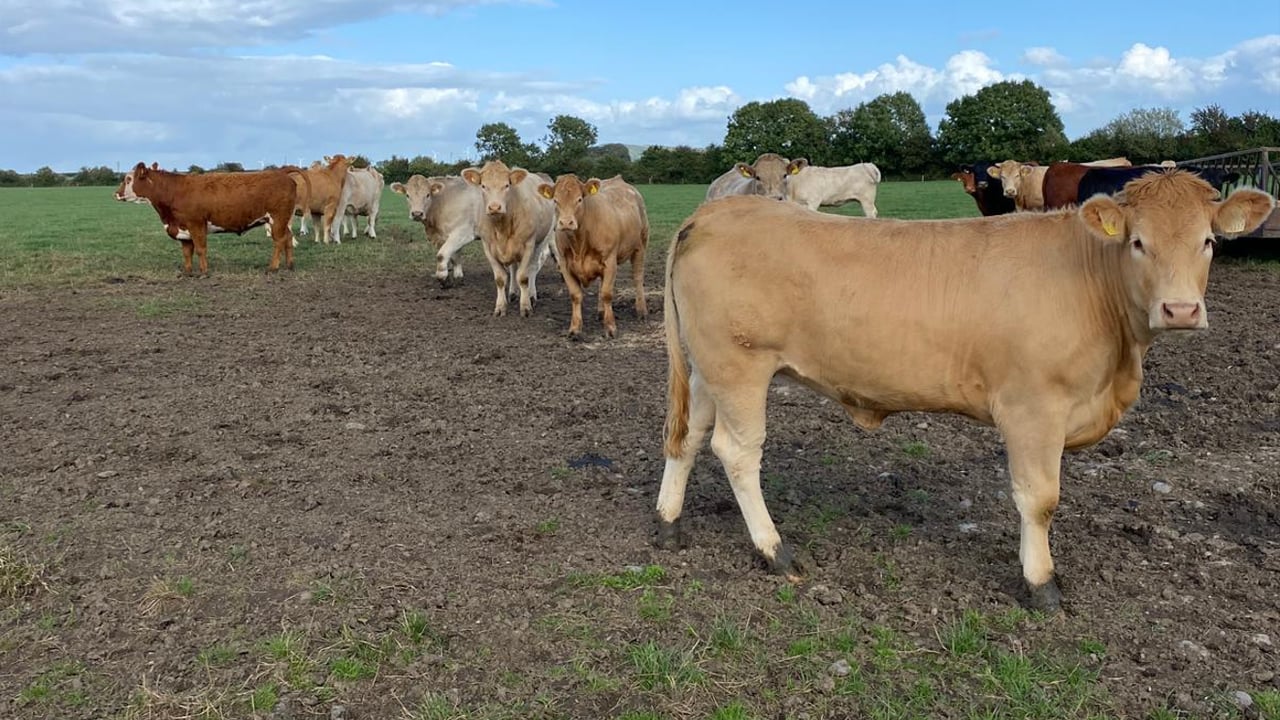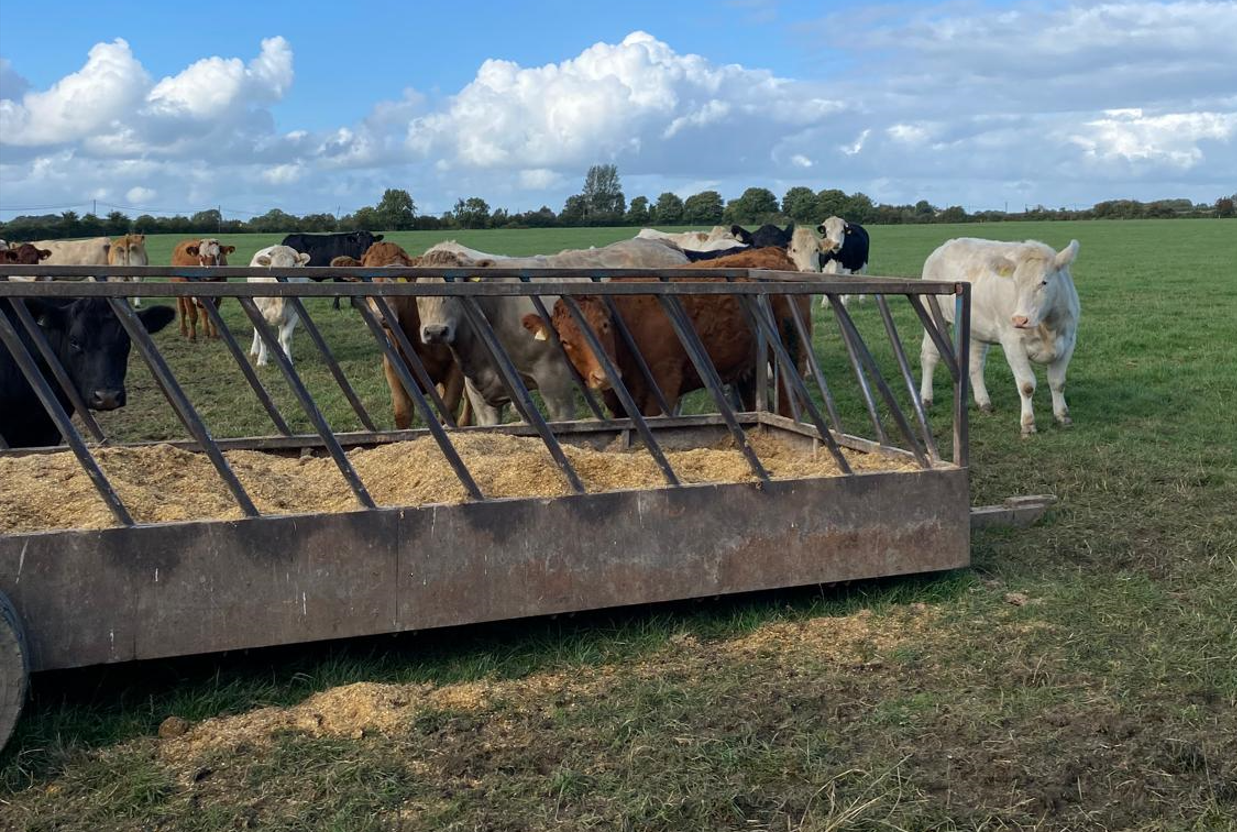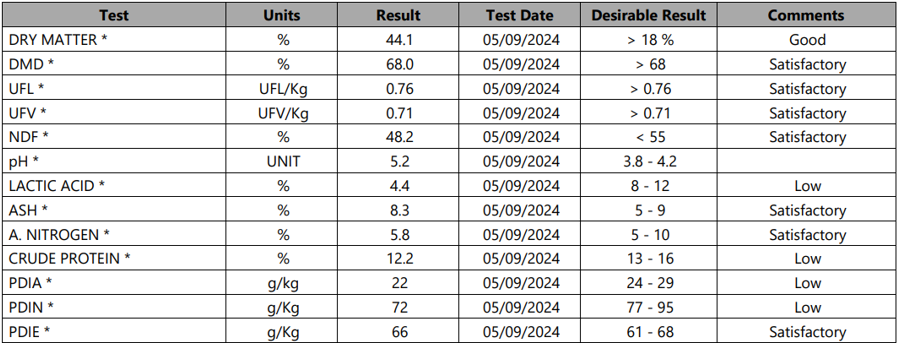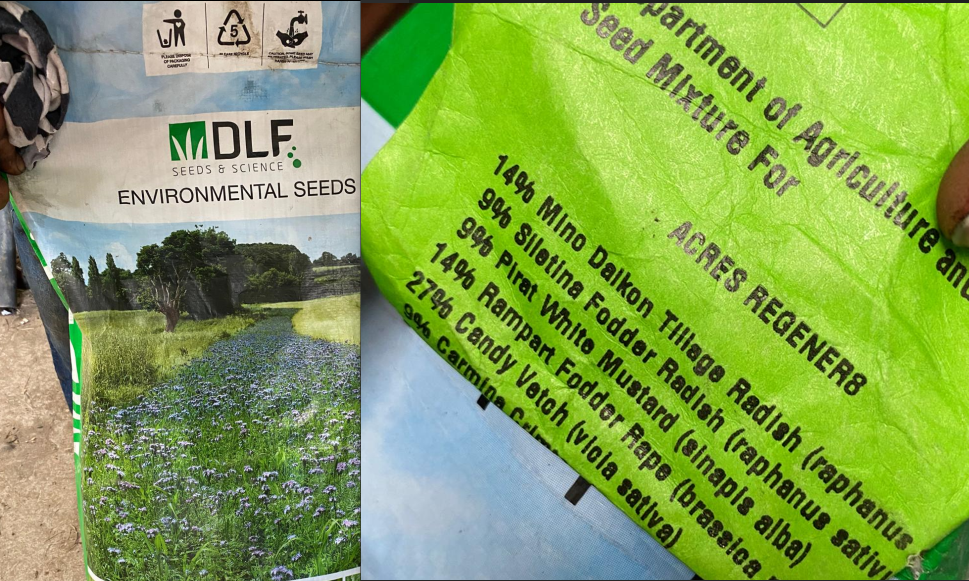Advantage Beef Programme


ABP Monitor Farm: Update from Tipp suckler beef farm
Based near Borrisokane in Co. Tipperary, the Moran family farm is one of the eight ABP Monitor Farms that are finishing cattle in a variety of systems and are based across the country on a range of different land types.
The first batch of continental heifers started on their finisher diet in early August and these heifers have since been housed for finishing.
A second batch of continental heifers started to receive feeding at grass and were housed earlier this week.
The table below details the composition of the finisher diets:
| Mix | |
|---|---|
| Finisher mix at grass: | 12kg grass silage, 0.5kg straw, Molasses, 3.5kg of home grown alkaline treated wheat and barley |
| Finisher mix once housed: | 10kg grass silage, 0.4kg straw, Molasses, 7.5kg of home grown alkaline treated wheat and barley |
Four suckler bred Angus-cross heifers were slaughtered at grass when they had reached appropriate fat scores. The heifers had an average carcass weights of 295kg and graded R-3.

All animals received their Infectious bovine rhinotracheitis (IBR) booster shot before housing and weanlings also received their Bovipast vaccine in preparation for housing.
The final cut silage was finished in September and ABP Food Group's Advantage Beef Programme farm liaison team leader Amie Coonan took silage samples of the silage.
The two tables below detail silage quality on the farm:

The first batch of bales have an average dry matter digestibility (DMD) of 68%. These bales will be used for dry cow silage over the winter months.
Cows are in great body condition nutrition will be managed to ensure cows maintain body condition and do not get overfat before calving.
The second batch of bales have a DMD value of 78% and will be used for finisher diets and weanlings over the winter period to reduce the concentrate requirements in their diet.
Winter barley and wheat crops have all been harvested now with straw and grain kept on farm and used over the winter period as bedding/feeding.
Eoin Moran added a cover crop to stubble where the winter barley was harvested and this also received slurry.
This crop will hold the soil nutrients and soil quality before being ploughed back in for beet sowing in the spring. A grass seed was set on another barley stubble field.

Maize will be cut early next week weather permitting and the crop has done well with two cobs and a 20-22t/ac crop expected.